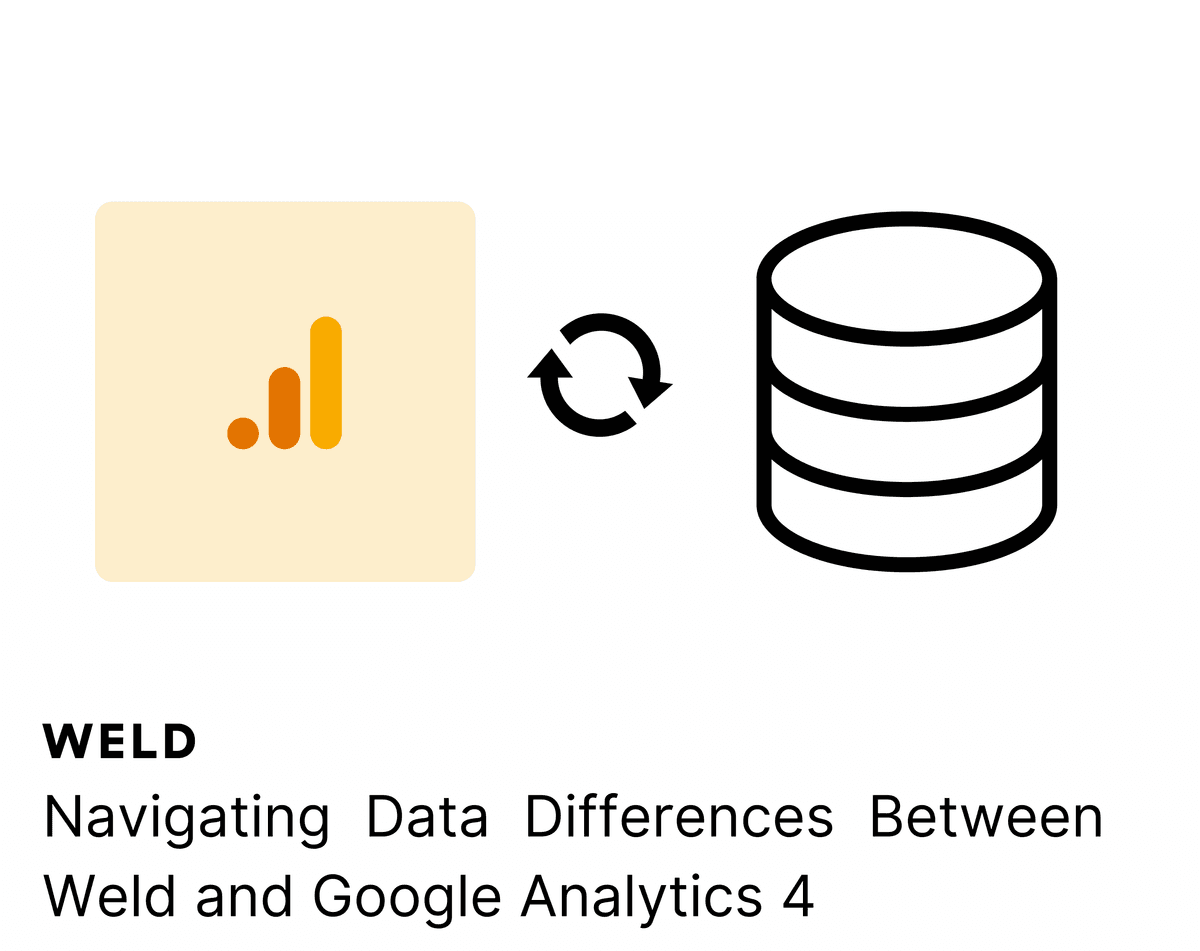
Creating a customer-centric culture at your ecommerce business

Understanding your client base is important for any business, but in ecommerce, it’s essential. When you have a clear sense of your customers’ motivations, interests, and needs, you can use that information to direct your web store experience, product development, marketing efforts, and customer services. But it’s not always clear where to begin creating a customer-centric culture at your ecommerce company.
Like any company value, becoming truly customer-centric takes dedicated time, effort, and practice. More than just claim it as a shared objective, you need to get buy-in from every team and find ways to bring it to life in how people work. This can be done with the right tooling, processes, and alignment. Keep reading to learn how to get everyone placing customer needs at the heart of how business gets done.
What is a customer-centric company culture?
A customer-centric company starts with ongoing efforts to better understand not only user behaviour, but what’s behind that behaviour. But to truly achieve a customer-centric company culture, these insights must then be applied in every team’s initiatives and operations. The difference is in how the value of customer centricity is lived in everyone’s day-to-day.
Ultimately, it all comes down to data. The more data you collect on your customers, the better you can get to know them, and the better you can develop a unique, memorable experience that builds loyalty and gets people to spread positive reviews of your brand.
Why customer centricity is essential in ecommerce
Competition is the biggest obstacle to achieving growth for ecommerce businesses in 2022, according to Shopify’s recent report that surveyed 350 global commerce decision makers. To be successful in a fierce industry, you need to stand out.
“The brands that speak to everyone speak to no one. Whether brand differentiation means what the brand stands for, the way the product is made, or the way they engage their audience, consumers are looking for differentiated experiences and brands they can connect to.”
– Morgan Brown, VP Growth Marketing at Shopify
If you want to create that differentiator and build a unique brand that people love — one that they keep coming back to and promote to others — you need to not just know who they are, but what they’re like, how they behave, and what they need. And, these insights need to guide and inform all of your teams’ work. You need to have a customer-centric company culture, one that relies on data-driven decisions and strategies.
How to build a customer-centric culture at your ecommerce company
Knowing the importance of bringing customer data into your business operations, the next question is how to get there. A culture isn’t created overnight, but there are ways to support your teams towards this end. Here are a few tactics you can implement to help develop a customer-centric culture at your ecommerce company.
Align teams around customer-focused goals and KPIs
Any cultural shift requires a shared understanding of the end goal and how to achieve it. If you want a more customer-centric company culture, it needs to be embedded into your overall business strategy, goals, and KPIs. Your business objectives should be directly tied to customer needs, ambitions, or challenges — and likewise, how you measure these goals should be customer-focused.
Examples of customer-focused goals and KPIs:
- Goal: Increase brand affinity and ambassadorship.
KPIs: Returning customers, returning website visitors, branded search. - Goal: Develop an exceptional customer experience.
KPIs: Returning customers, returning website visitors, customer support rating. - Goal: Create a new product offer to address [customer need/ambition/challenge].
KPIs: Total sales, product rating, need/ambition/challenge mentions in reviews. - Goal: Improve overall customer satisfaction rates.
KPIs: Product ratings, resolved customer support tickets.
Of course, every ecommerce business is unique and these examples may not apply. If your products are meant to be long-lasting, for example, a lower rate of returning customers might be considered a win. Whatever the case, goals should always tie directly back to the customer’s best interests — it’s the tried and true method to sustainable growth.
Equip teams with proper data tooling
There’s no ambiguity about it — a customer-centric business is a data-led business. And one of the greatest barriers businesses face in their journey to customer-centricity is improper tracking, storage, and use of data. You likely have several tools gathering tons of data on your web store visitors and product consumers, but are you leveraging this data towards product development and a better customer experience?
Often, it’s these multiple data sources where the problem begins. Teams need to jump from one app to another to find key data points, and might find discrepancies between sources. People may lack trust in the data or not know how to make sense of it, let alone turn these insights into actions and decisions.
Of course, your employees need the right software to do their best work. But they can also benefit from the right data tools to bring all of the information their software collects together in one place, and then integrate it into their work. Weld is an all-in-one data platform that supports companies in becoming data-driven, fast.
Here’s how Weld works:
- Data is collected from your product database and SaaS apps, cleaned and stored centrally in your data warehouse with Weld’s Gather function, creating a single source of truth every team can rely on.
- From there, Weld’s Activate function sends key data points out to your core tools and software, bringing data into everyone’s day-to-day operations and automating impactful customer experiences.
- Maintaining your data analytics is easy with Weld’s Metrics Store, where you can create commercial definitions for all of your business metrics with built-in governance features like change logs, approval flows, and clear ownership.
To learn more about the benefits of Weld for your ecommerce business, book a call with one of our data experts.
Invest in engagement and community-building
A customer-centric approach starts with understanding. And while tracking performance is a great way to gain quantitative insights into customer behaviour, engaging people in deeper conversations helps you get the rich, qualitative insights that can take your user research from good to great. This can include both direct and indirect communication, where you’re speaking one-on-one with your customers, or they’re interacting with one another.
Engagement and community building might include:
- Asking more questions on your social channels
- Adding social features to your web store
- Following and engaging in forum discussions
- Encouraging people to review your products
- Adding a comments section on your blog
The best approach will depend on what type of ecommerce business you have and which of your platforms are most active. Don’t be afraid to try different things and see where you get the most traction. You likely have customers who will prefer one option over another, so it’s also okay to create multiple spaces where people can share with you (and each other).
For more practical strategies, get our Data-Led Growth in Ecommerce Ebook →
A customer-centric culture is a data-driven culture
Building a brand that your customers connect with starts with understanding them better. And when your teams are well set up to collect and use that data, it can lead to incredible outcomes for your clients — and in turn, your business.
The strategies outlined above can help you create a culture of customer-centricity at your ecommerce company, but remember that when you create the will, your teams will find the way. Before long, you’ll begin to see the rewards of placing clients at the heart of your business.
Continue reading
.jpg&w=1200&q=75)
New Destination Alert: PostgreSQL
You can now effortlessly sync your data from over 150 sources directly into your PostgreSQL database. Get ready to supercharge your data management an


Navigating Data Differences Between Weld and Google Analytics 4
Navigating Data Differences Between Weld and Google Analytics 4. A look into the reasons behind the data discrepancies you might encoun

.png&w=1200&q=75)
New feature Alert: Sync History Insights Chart
Finding and sorting data sources, as well as seeing a historical overview of your syncs, is now easier than ever






